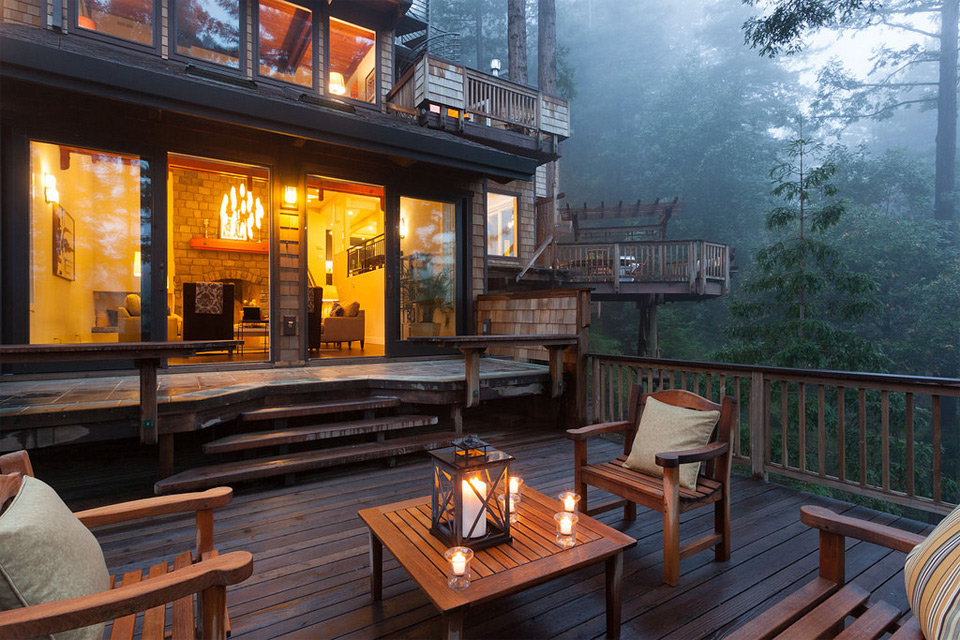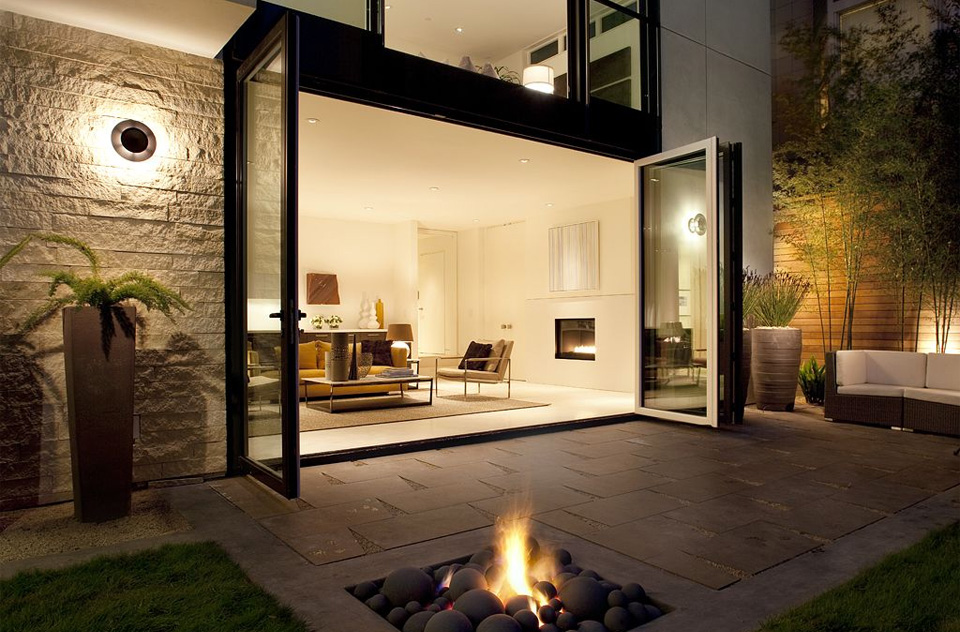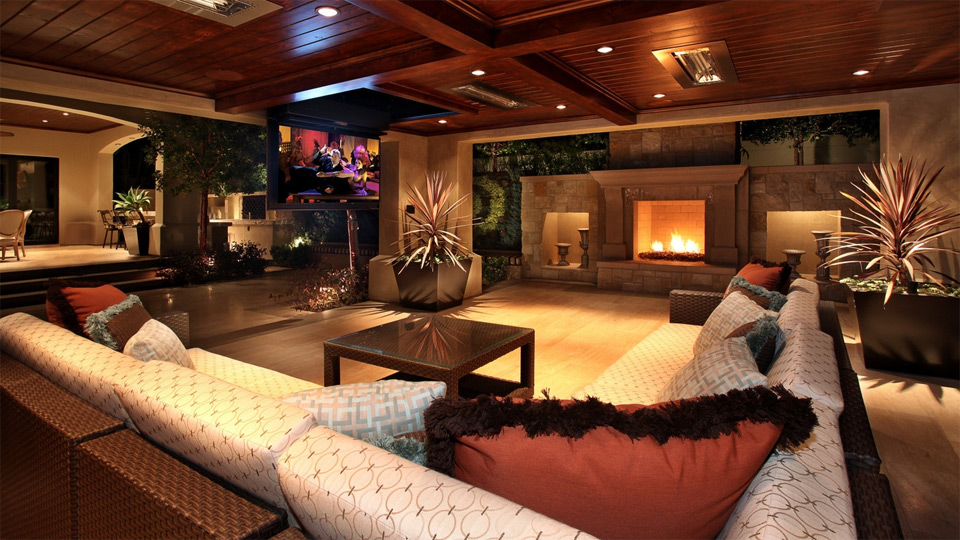
Strategies to Improve Your Home’s Warmth in Winter
The northern hemisphere may be heading into spring, but it’s never too early to start thinking about upgrading your home for winter. During spring, summer, and fall months, you’ll have warm weather and extra time to think about upgrading your house in some key ways that can keep it warmer throughout the winter months.
Let’s take a look at some of the most important steps you can take to accomplish this.
Install a Fireplace
First, consider installing a fireplace. Chances are, you already have a central furnace that’s responsible for keeping your home warm, but if you spend most of your time in one area of the house, you may want a secondary form of heating that keeps it cozy—plus, a fireplace can add ambiance and bring the look of a room together.
There are many different types of fireplaces available, so even if you live in an area with heavy restrictions on the types of fireplaces you can have in your home, there’s an option available for you. For example, if you’re not allowed to have a wood-burning fireplace with a chimney, you could install an electric fireplace or gas fireplace; there’s something for everyone.
Get a Space Heater
If you don’t want to spend the money on a fireplace, or if you don’t like the idea of having flames anywhere in your home, you could also invest in a space heater to serve the same purpose. This is especially valuable if you want a portable source of heat you can carry with you throughout the house.
Just be careful; according to one study, the majority of house fires from 2011 to 2015 were caused by space heaters. Never leave a space heater unattended, and exercise caution in your placement and use.

Clean and/or Upgrade Your Furnace
Your central furnace is the powerhouse responsible for keeping your home warm. And with plenty of fresh air and warm weather available, this is the perfect chance to clean and/or upgrade it. Give it a thorough inspection, cleaning the individual components, changing the filter, and evaluating its performance.
If you have an older unit, or if your changes don’t seem to be making much of a difference, consider upgrading to a more efficient unit. You may be able to find a deal in the spring and summer months when furnace sales are low.
Inspect and Clean Your Ductwork
Similarly, this is a good chance to inspect and clean your ductwork. Your ducts are responsible for carrying air throughout your house; if they become dirty or clogged, the flow of air will be disrupted, lowering the efficiency and effectiveness of your heater. Additionally, the dust and debris can lower the quality of your internal air. Fortunately, cleaning the ducts doesn’t take much time or effort—and if you want a deeper clean, you can always hire a professional.
Check Windows and Doors for Leaks
Windows and doors are some of the biggest sources of heat loss in winter. Even tiny cracks can cause the hot air in your home to leak out into the winter cold, resulting in colder rooms and less efficient heating overall.
Since you’re comfortable going outside in the warm weather, this is the perfect opportunity to check for leaks. Use a hairdryer or a similar source of heat on one side of the window or door, and have someone on the other side feel for leaks. If and when you find one, you can use caulk to seal the leak and improve your home’s energy efficiency.
Improve Your Insulation
Another factor in your heating efficiency is the quality and degree of the insulation in your home. Many older homes are poorly insulated, with little to no insulating material in the walls to shield it from temperature fluctuations. If you own an older house, or if you believe your insulation quality could be improved, this is the perfect chance to make an upgrade. Thanks to simplified options like blown insulation, it’s possible to reinsulate an entire house at an affordable rate.

Rearrange the Furniture
This is a small step, but it’s an important one, and one that can help keep your home cooler in summer if you also have a central air conditioner: rearrange the furniture. The airflow in your home is responsible for distributing heat (and/or cold air), so positioning your furniture can play a massive role in how your temperature changes. Prioritize open space where it counts, and never block an air vent.
Take advantage of the nice weather, the impressive sales, and the other advantages that can help you upgrade your home for winter. When the weather finally breaks and the cold begins to set in, you’ll be glad you made the investment.









